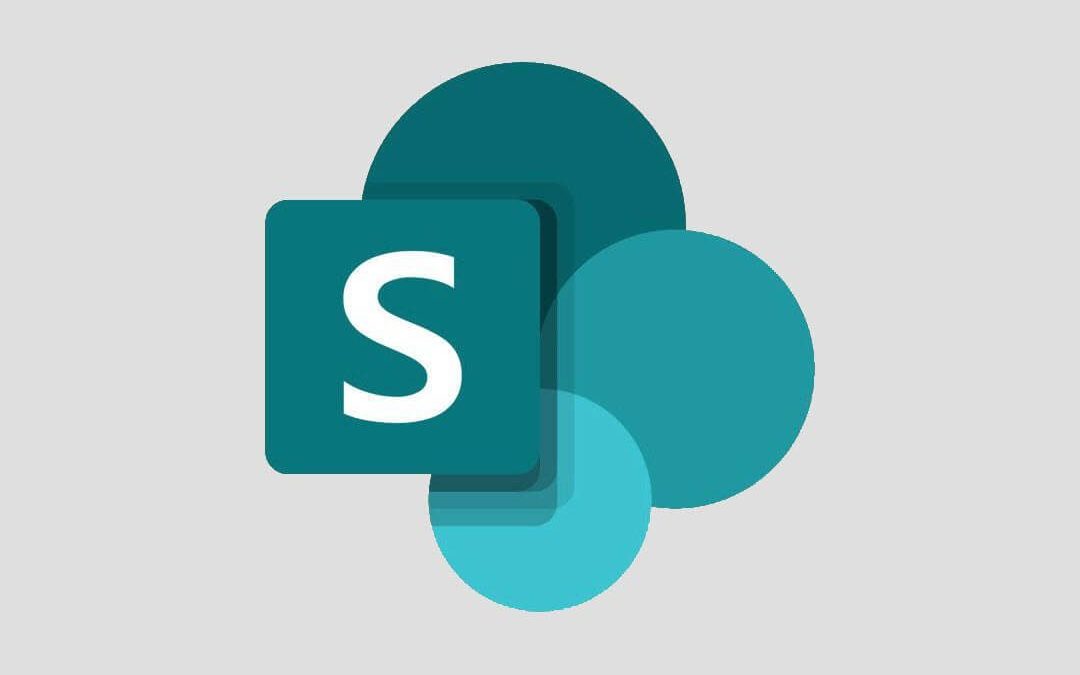No Hub Sites, no OneDrive Sync*, some sites are modern but some are still classic.
I really don’t get it. Nothing of real value or substance shows up to make it more compelling than SharePoint 2016.
Many of the new features, like OneDrive Sync, still require a hybrid configuration so why bother upgrading to SharePoint Server 2019?
I get it, they want your data, your data center, your employees, your security and everything else located somewhere else – in the Microsoft Cloud. So why even bother releasing a new version of SharePoint for on-premise? I could be wrong, but it seems they have to release a new server product every 3 years, pretty much since 2007.
I would recommend spending time and resources figuring out how to transform my business processes and customizations to work in Office 365 than putting much effort into a 2019 migration. I’d also use my time to understand Teams, Flow and Power Apps.
Alternatively, SharePoint 2013 and 2016 are still amazing products and like many of us that need to stay on-premise, you should be fine creating a hybrid environment and skip the headache of moving to 2019. Now, if you are still in 2007 or 2010 then I would suggest moving to 2019 or the aforementioned Office 365 transformation. Here is a great article from Director of R&D – Heath Anderson to understand what it will take for the Office 365 transformation.
Even under the covers – there is very little change except for an SMTP change, some FLOW integration and other things that seem to just scratch the surface of change but aren’t that exciting.
Maybe I’m missing something so go see it for yourself. Here are some resources to help:
- SharePoint Server 2019 Download
- Comparison chart of classic vs modern sites between 2016 and 2019
Disclosure – I’ve been working as a SharePoint Consultant and Microsoft developer since SharePoint 2003 providing guidance, advisement and consulting to hundreds of companies. Each prior version has brought some major changes that made it compelling to move. I’d say this new version looks more like enhancements made to 2016 than anything else.
*requires a hybrid – Office 365 with on-premise configuration



